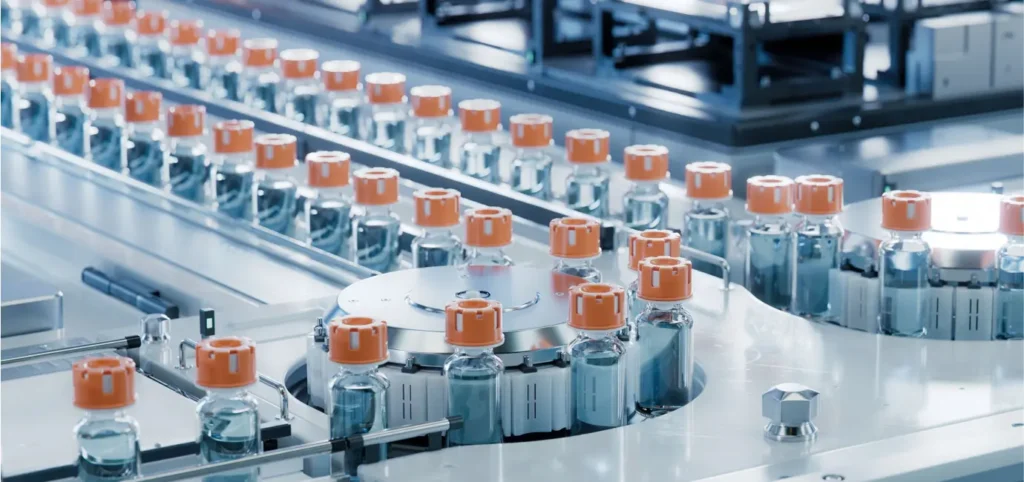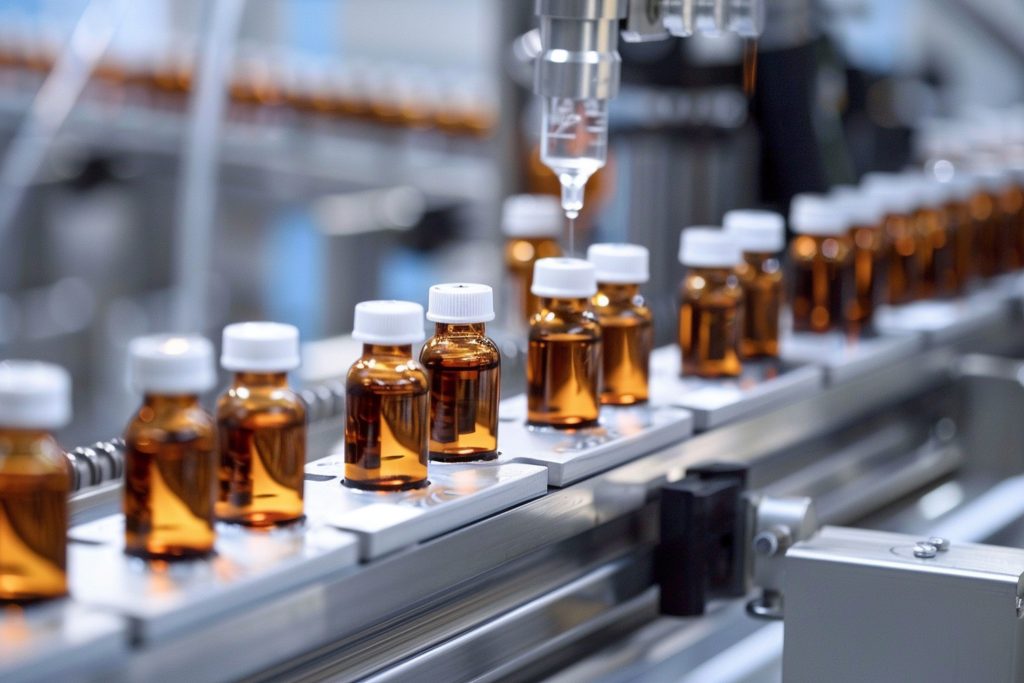After five intensive rounds of directed evolution, a leading biotech company had achieved an 8x increase in enzyme activity and a 12x increase in enzyme specificity. However, they had reached a plateau.
Simpler oxygenated product synthesis by altering enzyme specificity

The Challenge: Simplifying Biocatalysis for Industry
Fungal unspecific peroxygenases (UPOs) are highly valuable for industrial applications due to their broad substrate scope and simple catalytic mechanism, which only requires hydrogen peroxide. This eliminates the need for expensive redox partners and cofactor recycling systems, making them ideal for large-scale processes.
However, their real-world application has been limited. Since UPOs are derived from fungi, their production is challenging in bacteria —the most common and cost-effective industrial system. This difficulty has prevented them from reaching their full potential in fields like bioremediation and synthetic chemistry.
Our Solution
Having previously patented a set of industrially available bacterial peroxygenases (BUPOs) with our partner Gecco Biotech, we asked a critical question: could we use this data to engineer even more versatile enzymes?
To prove the concept, we initiated a collaboration with Gecco Biotech, RUG, and the University of Pavia. We selected a tyrosine hydroxylase from the literature, a bacterial peroxygenase known for its high specificity to just one substrate: tyrosine.
Our solution involved engineering this tyrosine hydroxylase; not only to improve its catalytic activity, but also to expand its substrate scope, transforming it from a highly specific enzyme into a more unspecific one. This would demonstrate the potential for optimizing BUPOs for a wide range of applications.
Results & Impact
- Altered specificity in only 1 month
With only one round of computer-aided engineering, we went from a highly specific bacterial peroxygenase to a versatile enzyme capable of hydroxylating both indole and thioanisole, two substrates it previously could not act on. - Catalytic efficiency boost
We performed one extra round of engineering and achieved a 3x improvement in the enzyme’s overall catalytic efficiency, significantly outperforming the original, unoptimized enzyme. - Precise engineering
Targeted mutations had a clear effect on enzyme function: mutations in the active site were responsible for the change in specificity, while mutations in distant regions increased overall catalytic efficiency without affecting specificity. - Valuable product synthesis
The final variant was shown to produce enantioenriched methyl phenyl sulfoxide, a highly sought-after compound used as a chiral auxiliary in the synthesis of active pharmaceutical ingredients and agrochemicals.
Highlights
- 3x Improvement in catalytic efficiency
Significant boost of enzyme’s performance. - From specific to unspecific
We successfully altered a highly specific tyrosine hydroxylase to act on a wider range of substrates. - Enantioenriched product synthesis
The final variant produced a valuable chiral compound, demonstrating its utility for pharmaceutical and chemical applications. - 2-Month computational engineering
The entire engineering process was completed in a fraction of the time required for traditional methods.
You might be interested in




